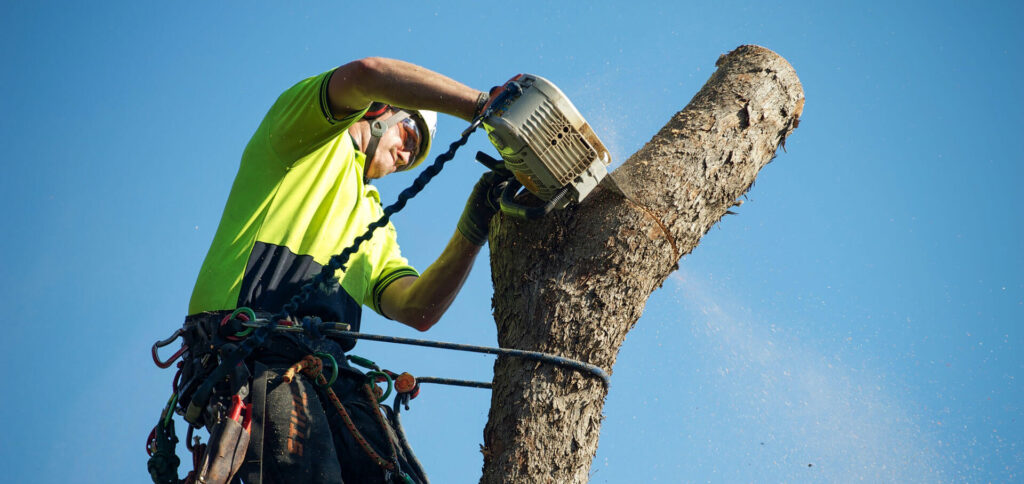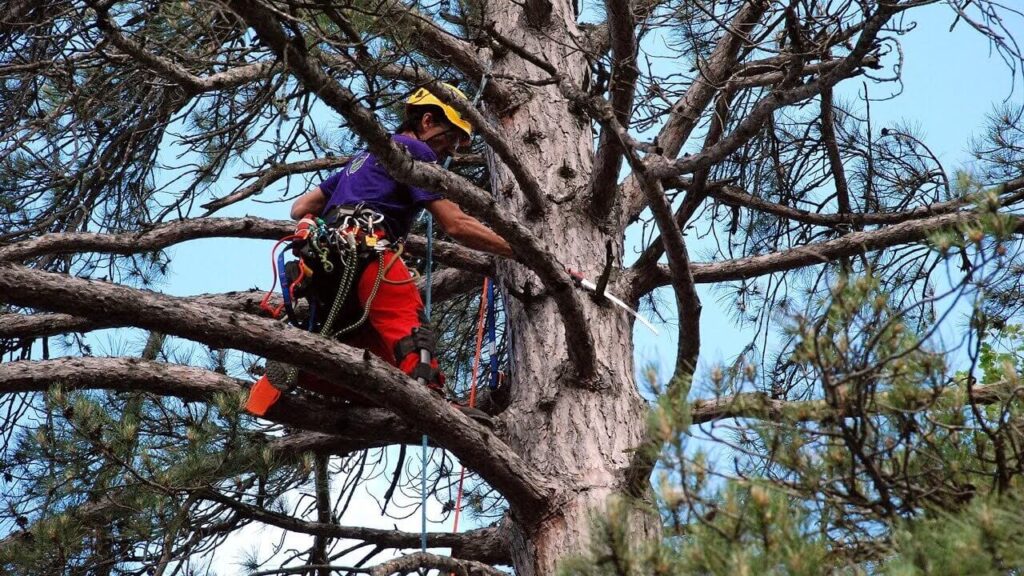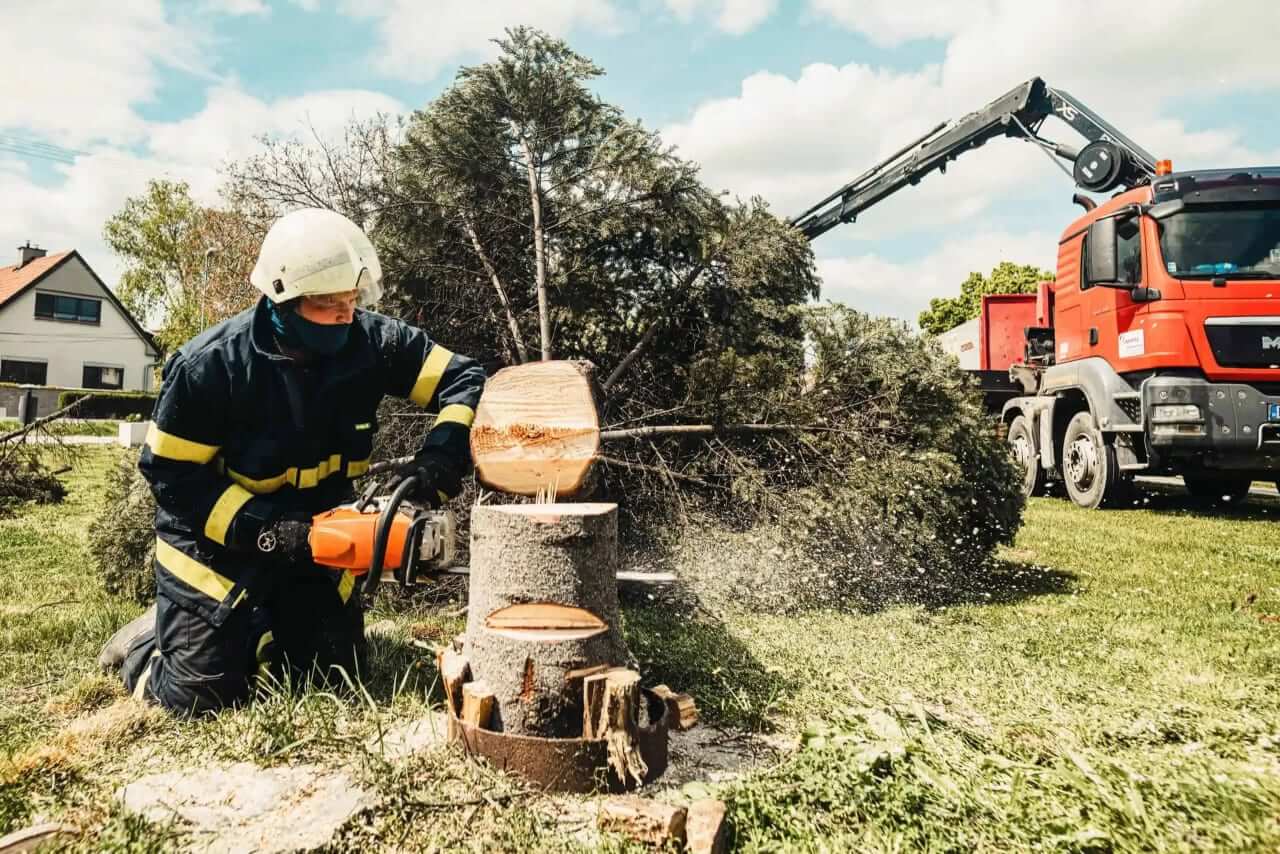Arborist reports play a crucial role in tree management and are essential for property owners and managers in Sydney. Whether you are a homeowner looking to ensure the health and safety of your trees or a property developer planning a landscaping project, understanding arborist reports is vital.
The Importance of Arborist Reports
Arborist reports provide valuable insights into the condition, health, and maintenance requirements of trees. They are especially vital in an urban environment like Sydney, where trees contribute to the beauty and greenery of the cityscape.
However, the significance of arborist reports goes beyond their basic purpose. These reports not only help property owners and managers make informed decisions about tree care and maintenance, but they also play a crucial role in preserving the ecological balance and overall well-being of the urban environment.
Role of Arborist Reports in Tree Management
Arborist reports help property owners and managers make informed decisions about tree care and maintenance. They provide a comprehensive assessment of the health and structural integrity of trees, identifying any potential risks, disease, or decay. Learn more about the benefits of hiring a professional arborist in Sydney.
But what does this mean for the urban landscape? Well, by understanding the intricate details outlined in these reports, property owners can take proactive measures to prevent tree-related accidents, such as falling branches or complete tree failure. This not only ensures the safety of individuals but also protects the surrounding infrastructure, such as buildings, roads, and power lines, from potential damage caused by a failing tree.
Furthermore, arborist reports can help identify any necessary tree maintenance, such as pruning or removal, to ensure the overall health and longevity of the tree population. By implementing these recommendations, property owners contribute to the sustainability of the urban ecosystem, promoting the growth of healthy trees that provide shade, improve air quality, and support biodiversity. You can get more about urban ecosystem on https://www.urbanecology.org.au.
Legal Implications of Arborist Reports
In Sydney, arborist reports often have legal implications. Local authorities may require arborist reports as part of the planning process for development projects. These reports help assess the impact of proposed developments on existing trees and ensure compliance with local regulations.
However, the legal importance of arborist reports extends beyond the planning stage. Should any tree-related accidents occur on a property that has not followed the recommendations outlined in an arborist report, legal liability can arise. This means that property owners who neglect to obtain and adhere to these reports may find themselves facing not only financial consequences but also reputational damage.
By obtaining and adhering to arborist reports, property owners can protect themselves from potential legal issues. They demonstrate a commitment to responsible tree management and a willingness to prioritize the safety and well-being of both the community and the environment.
In conclusion, arborist reports are not just documents filled with technical jargon; they are essential tools for effective tree management and legal compliance. By understanding and acting upon the information provided in these reports, property owners can contribute to the preservation of the urban landscape, ensuring its beauty, safety, and sustainability for generations to come.
Decoding the Arborist Report
Arborist reports can often be technical and filled with specialized jargon. Understanding the key elements of an arborist report and interpreting the technical language is crucial for property owners and managers.
When delving into an arborist report, it’s essential to recognize that each section serves a specific purpose in evaluating the health and condition of trees on a property. Beyond the surface-level information, these reports are a comprehensive tool for assessing the overall well-being of the tree ecosystem.
Key Elements of an Arborist Report
An arborist report typically includes a detailed assessment of tree health, structural stability, and recommendations for maintenance or removal. It may also contain information about the species of the tree, its age, and any historical or cultural significance.
Furthermore, a thorough arborist report goes beyond the individual tree and considers its interaction with the surrounding environment. Factors such as soil quality, drainage patterns, and proximity to buildings or infrastructure play a crucial role in determining the long-term viability of the trees on a property.
The report should clearly outline the specific actions, such as pruning or pest control, required to ensure the tree’s well-being. Additionally, it may include suggestions for tree planting or landscape improvements to enhance the overall beauty and functionality of the property.

Interpreting the Technical Jargon
Interpreting the technical language used in arborist reports can be challenging for those without an arboricultural background. However, it is crucial to understand the recommendations and guidelines provided.
For individuals unfamiliar with terms like “crown thinning” or “root collar excavation,” seeking clarification is key to grasping the implications of the report. By engaging in a dialogue with the arborist and asking targeted questions, property owners can gain a deeper insight into the specific needs of their trees and the rationale behind the proposed actions.
If you find the technical terms overwhelming, do not hesitate to ask the arborist for clarification. They should be able to explain the report’s findings and recommendations in plain language, allowing you to make informed decisions regarding tree management.
The Process of Obtaining an Arborist Report in Sydney
Obtaining an arborist report in Sydney involves a few essential steps. It is crucial to hire a qualified arborist who can provide a thorough assessment of your trees and produce a comprehensive report.
Ensuring the health and safety of your trees is paramount, especially in urban environments where trees face various challenges such as pollution, compacted soil, and limited root space. By obtaining an arborist report, you are taking proactive steps to maintain the well-being of your trees and safeguard your property.
Hiring a Qualified Arborist
When hiring an arborist, ensure that they possess the necessary qualifications and certifications. Look for professionals with experience and expertise in tree care and management in urban environments.
Arborists who are members of reputable organizations such as the International Society of Arboriculture (ISA) or Arboriculture Australia demonstrate a commitment to upholding industry standards and best practices. Additionally, certifications such as Certified Arborist or Tree Risk Assessment Qualified indicate a higher level of expertise in the field.
Request references and check the arborist’s reputation within the industry. A qualified and reputable arborist will provide objective and unbiased assessments of your trees, ensuring the accuracy and reliability of the arborist report.
What to Expect During the Arborist’s Visit
During the arborist’s visit, they will conduct a thorough inspection of your trees. This inspection may involve assessing the tree’s overall health, structural stability, and potential risks. The arborist may also examine the surrounding soil conditions and check for signs of disease or pest infestations.
Arborists use specialized tools such as resistograph drills to assess internal decay and sonic tomography to evaluate tree trunk decay. These advanced techniques enable arborists to provide a detailed analysis of your trees’ health and structural integrity.
Following the inspection, the arborist will compile their findings into an arborist report tailored to your specific property. This report will outline the current condition of your trees and provide recommendations for maintenance or removal if necessary.
Costs Associated with Arborist Reports
Arborist reports do come with associated costs, and it is essential to understand the factors influencing these costs.
Arborist reports are crucial documents that provide detailed assessments of the health and condition of trees on a property. They are often required for various purposes, such as obtaining permits for tree removal, assessing tree health for insurance claims, or developing tree management plans.

Factors Influencing the Cost of an Arborist Report
The size and number of trees on the property will affect the cost of an arborist report. The more trees there are to assess, the more time the arborist will need to spend on the inspection and report preparation.
Additionally, the location of the trees can also impact the cost. Trees that are difficult to access or located in hazardous areas may require specialized equipment or safety measures, leading to higher report costs.
The complexity of the tree issues and the level of detail required in the report will also impact the cost. If the arborist needs to conduct additional tests or consultations with specialists, this may increase the overall expense.
Budgeting for an Arborist Report
When budgeting for an arborist report, consider the value it provides in terms of preventing future risks and maintaining the health of your trees. The cost of an arborist report is a worthwhile investment to ensure the safety and longevity of your property’s trees.
Furthermore, obtaining an arborist report can also increase the property value by showcasing the care and maintenance of the trees. Potential buyers or tenants often appreciate documented tree assessments as it demonstrates a proactive approach to property management and environmental stewardship.
Utilizing Arborist Reports for Property Management
Arborist reports can play a significant role in property management, impacting property value and landscape planning.
Arborist Reports and Property Value
Having up-to-date arborist reports can enhance the value of your property. Prospective buyers or tenants often value well-maintained trees and landscapes, and arborist reports provide evidence of proper tree care and management.
Imagine this: a potential buyer walks onto your property and is immediately captivated by the lush greenery and towering trees that surround the landscape. They take a moment to appreciate the beauty and tranquility that nature provides. As they continue their exploration, they come across an arborist report neatly displayed in the foyer. This report showcases the meticulous attention given to the trees, highlighting the regular inspections, pruning, and overall health of the vegetation. The potential buyer is reassured that the property they are considering is not only aesthetically pleasing but also well-maintained and cared for.
By demonstrating a commitment to maintaining healthy trees, property owners can attract potential buyers or tenants who appreciate the environmental and aesthetic benefits of a well-designed landscape. The arborist report becomes a powerful tool, instilling confidence and adding value to the property.
Arborist Reports for Landscape Planning
Arborist reports are invaluable when planning landscape improvements or development projects that involve existing trees. These reports provide guidance on how to integrate tree care and preservation into the design process, ensuring the long-term success and sustainability of the project.
Picture this: a property manager is embarking on a new development project that aims to enhance the outdoor spaces of a commercial property. They want to create a harmonious blend of modern architecture and nature, incorporating existing trees into the design. However, they are faced with a challenge – how can they ensure the trees’ health and longevity while still achieving their vision?
Enter the arborist report. This comprehensive document not only assesses the current health and condition of the trees but also provides recommendations on how to integrate them seamlessly into the design. It outlines the necessary measures to protect the root systems, suggests appropriate pruning techniques, and even identifies potential hazards that may arise during construction. Armed with this knowledge, the property manager can confidently proceed with their plans, knowing that they are prioritizing the well-being of the trees and creating a sustainable landscape.
By working with qualified arborists and following the recommendations outlined in arborist reports, property managers can create beautiful and sustainable landscapes that enhance the overall appeal and functionality of the property. These reports serve as a roadmap, guiding property managers through the intricacies of tree care and preservation, ensuring that the natural beauty of the landscape is preserved for years to come.
In conclusion, understanding arborist reports is essential for property owners and managers in Sydney. These reports provide valuable insights into tree health, maintenance requirements, and legal compliance. By decoding the technical jargon and following the recommendations outlined in arborist reports, property owners can ensure the safety, longevity, and value of their trees and landscapes. So, whether you are looking to attract potential buyers or tenants with a well-maintained property or embarking on a landscape improvement project, arborist reports are your key to success.
More to read: Elevate Occasions with Elegant Floral Gifts

